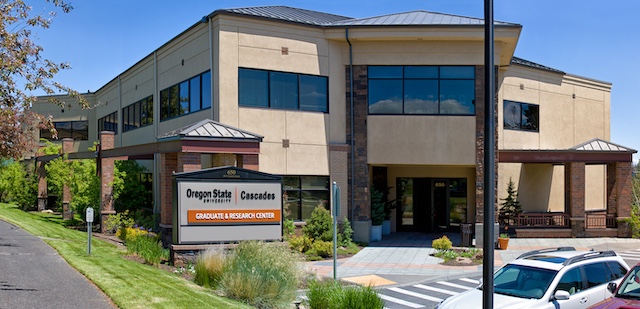Guest Column: Building the right sustainable forest management and old growth stands
Published 9:00 pm Saturday, June 1, 2024

- O'Casey
Theodore Roosevelt and Gifford Pinchot were two of the original architects of the National Forest System, and their foresight led to the eventual establishment of today’s 193 million acres of national forests and grasslands. These abundant public lands provide habitat for fish and wildlife and recreational opportunities valued by America’s 40 million hunters and anglers. Managing these lands for wildlife habitat, clean water, recreation, timber, and other multiple uses was no walk in the park when the Forest Service was founded and has only become more complex as new science and challenges emerge that neither Roosevelt nor Pinchot could have predicted. Hotter and more variable weather adds stress to forest ecosystems and wildlife habitats. The spread of invasive species and more insect and disease outbreaks, combined with a century of fire suppression, have put our forests and forested communities in Central Oregon and throughout the west at an increased risk of wildfire.
To maintain stands of older forests on our public lands, the Forest Service recently proposed a national amendment that would update all 128 land management plans across the National Forest System. The amendment is rooted in Executive Order 14072, which calls to conserve old-growth forests on public land, and it is intended to establish consistent management direction regarding how the agency should conserve and manage our nation’s oldest forests for long-term resilience.
When the administration announced their intent to conserve old growth, stakeholders in the hunting and fishing community began closely monitoring the proposal, with some expressing concerns about potential overreach. There were fears that the amendment might limit management tools and endorse a “hands-off” approach, thereby worsening challenges to maintaining forest health and heightening the risk of wildfire for communities. There were additional apprehensions that the proposal would result in attempts to expand old growth stands to every corner of the forest, regardless of historical abundance, and eliminate forest diversity, including young forests which are important for wildlife and biodiversity.
Fortunately, the Forest Service’s proposed action on old growth demonstrates that the agency is listening and that it recognizes active restoration is critical to maintaining older forests in many places on the landscape. Grounded in the latest scientific research, the proposal aims to provide guidance for consistently maintaining and managing older forests while complementing wildfire risk reduction efforts. Initiatives such as the Wildfire Crisis Strategy advocate for proactive stewardship through selective thinning, prescribed burns, Tribal co-stewardship agreements, and other tools. Implemented effectively, a policy that enhances the health of Central Oregon’s old growth ponderosas coupled with existing strategies such as the Wildfire Crisis Strategy can enhance the pace and scale of managing healthy forest stands, benefiting wildlife habitat while reducing fire risk to communities.
Resilient, functioning forest ecosystems provide clean air, water, viable plant and animal populations, carbon sequestration, and cultural values to society. While old growth stands are integral components of these ecosystems, the hunting and fishing community also recognizes the importance of supporting young and middle-aged stands to sustain wildlife habitat across the landscape. Forests are dynamic, evolving landscapes, requiring adaptive management across varied ages and stages to thrive.
The future of our forests depends on pragmatic, sustainable forest management to accomplish what Roosevelt and Pinchot envisioned nearly 120 years ago. A system established for the “greatest good for the greatest number over the longest period.” The Forest Service has the opportunity to manage old growth stands for conservation while promoting locally led forest management initiatives that benefit forests, communities, and wildlife alike. TRCP will remain engaged with our partners in encouraging the agency to develop a durable and science-based plan that sustains our nation’s forests and enhances the invaluable hunting, fishing, and outdoor recreational opportunities these landscapes provide.
Do you have a point you’d like to make or an issue you feel strongly about? Submit a letter to the editor or a guest column.








